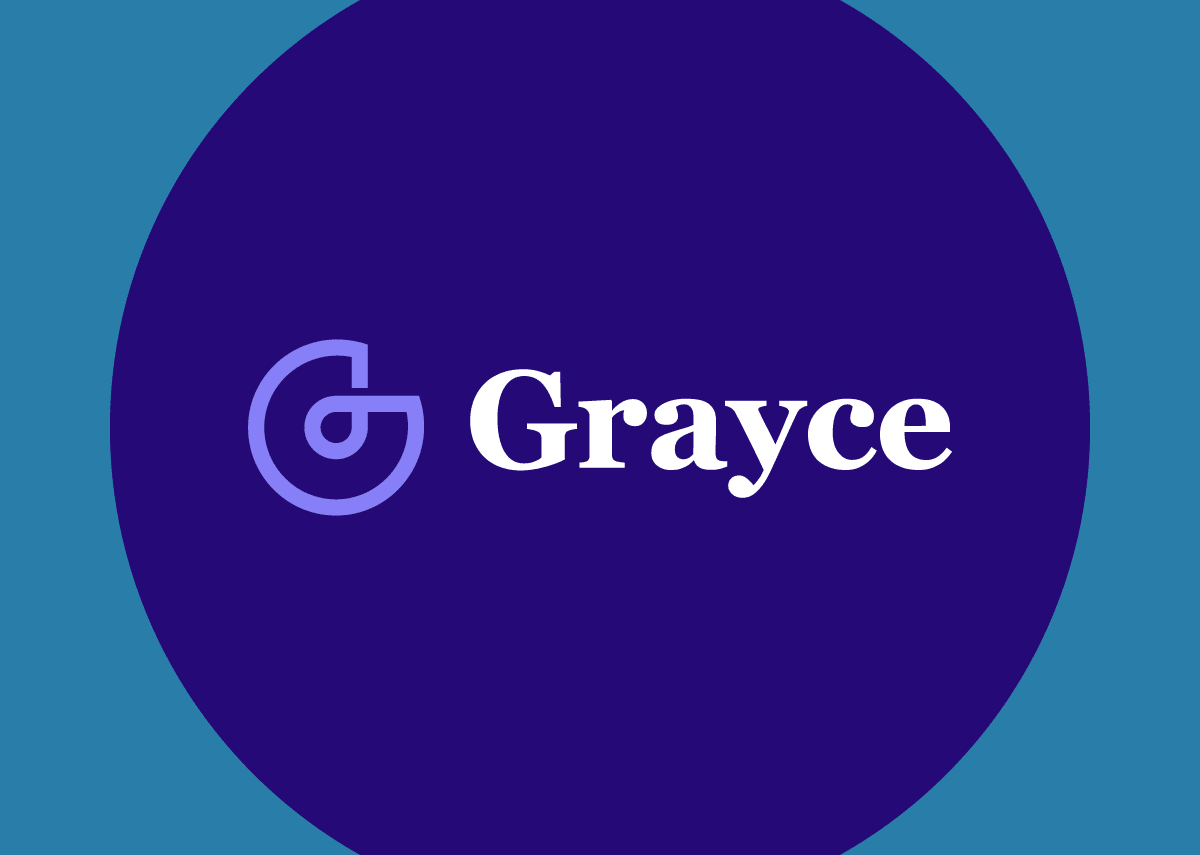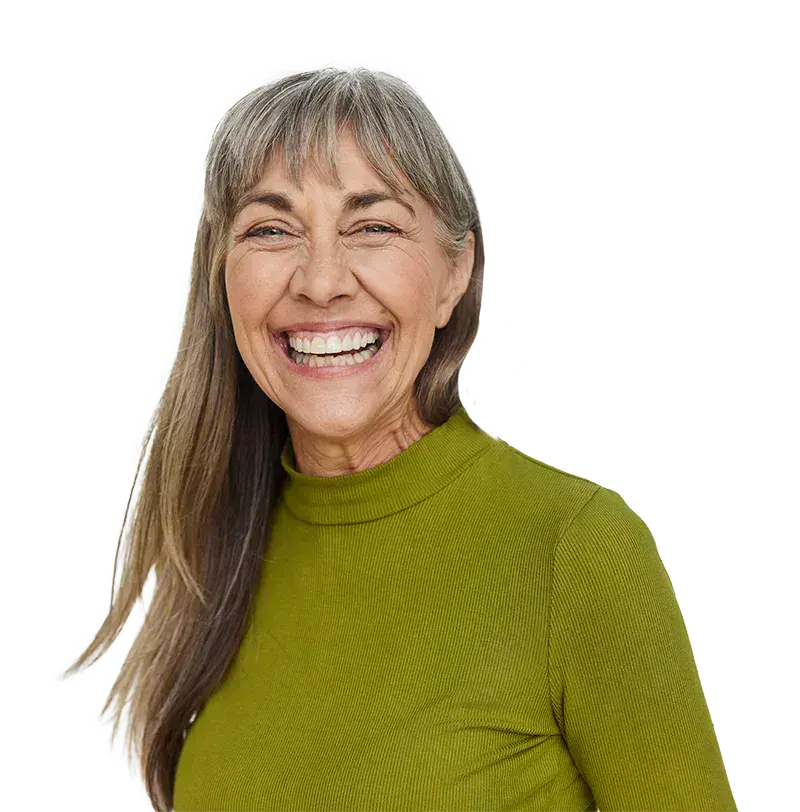Tracking the Cost of Child Care Crisis
A new index quantifies lost work hours due to childcare shortages, showing the economic impact on families and businesses.
Grayce outlines its strategic vision, emphasizing the expansion of care solutions, employer partnerships, and technology advancements.

By Julia Cohen Sebastien, Grayce CEO and Co-founder
Today, Grayce raised a $10.4M Series A and I couldn’t be more proud of this company and team.

The Series A round was led by Maveron with participation from BBG Ventures and Correlation Ventures, GingerBread Capital, Alumni Ventures, Visible Ventures, Gaingels, and What If Ventures.
For myself and our co-founder, Kassidee Kipp, our mission is deeply personal. We have both cared for and advocated on behalf of many of our closest loved ones, and it’s become core to who we are. While we have many stories, I will share one that personifies the reason for Grayce.
I had a great aunt named Carrie. She lived in rural America, and was a longtime school teacher. Carrie was the eldest of 12, and after her mother passed away when they were kids, Carrie became the family’s mom and caregiver. She lived into her hundreds, and received a “golden cane” as the oldest living member of her community, and used it to walk to church weekly into her very last years. I saw how Carrie was cared for over decades by her daughter-in-law, Grace. Even when Carrie said she didn’t want the help, Grace showed up selflessly. One day, Grace fell ill and ultimately passed away. It was only then that Carrie let go, and passed away herself, at the ripe old age of 107. That relationship had built a bond of purpose, connection, and longevity.
Caregivers are the linchpins of our society. I chose that word because of its meaning: The glue that holds us together. Caregivers bring us into the world, they keep us alive, and they support us through sickness. They give us the opportunity to work. And increasingly, they deliver and manage our healthcare. At least 100 million Americans care for a child, adult, or elder, and that number is growing rapidly with our aging population and rise of illness and disabilities.
So why start Grayce? From some of my earliest childhood memories, I watched a loved one sacrifice their future to a life of battling brain cancer without health insurance, and experienced the impact that had on the entire family. I was drawn to improving health care, and was fortunate to gain experience across many parts of the industry. Inspired by my family’s experiences, I knew I wanted to start a socially-minded business in health. When the Affordable Care Act (ACA) passed, a mentor suggested I look to health insurance. So, I joined a national insurer, diving into the newest approaches in value-based care and population health. During that chapter, I shaped national strategy and led accountable care organizations (ACOs) in local markets with health system and medical group partners. I became fascinated and deeply involved in innovative payment models and care management program design.
I saw the benefits of value-based care, though I also saw limitations to the existing models. I believed quality and outcomes could better address a patient’s life and circumstances, including their family caregivers. After all, those social factors are what drives care outcomes for patients outside the four walls of health care institutions. My conviction was only strengthened by living that experience personally while helping multiple loved ones to navigate the system and many hospital stays.
We’ve placed so much emphasis on improving medical care and mental health care. Finally, we’re seeing new momentum behind social care, which is the third leg of the stool.
My co-founder, Kassidee, and I saw this coming with the magnitude of a crisis building. We knew the data and impact:
We saw the writing on the wall that the federal government would begin to take action, and it would evolve health care payment models. From employers, we heard that they knew they’d need to address this problem. Many had experienced such challenges personally, and were hearing of needs from employees, with many dropping out of the workforce. Since starting Grayce, we’ve had the opportunity to work with innovative employers ranging from Okta to Blue Cross Blue Shield.
In a nutshell, Grayce helps people caring for loved ones or themselves.
Grayce members receive:
As an example, a member of Grayce’s Care Team recently helped a mother to navigate support for a child with severe mental illness, identifying the best care options and securing admission for care at a residential treatment facility. We’ve been with that family every step of the way.
Our outcomes are directly related to how efficiently and effectively we solve a family’s needs. We don’t just refer an individual in need to a phone number, so they have to do all the heavy lifting and learn to navigate and advocate on their own. We will take things off their plate. The most evidence-based solutions in the space require what I call “multimodal interventions.” They don’t just make referrals, they get it done.
As we designed the solution, I had in the back of my mind the caregivers that I’ve known in my life. What would genuinely help them and alleviate their stress? That is the bar we hold ourselves to.
Are you a caregiver, or did a special one come to mind reading this blog? We’d love to hear your story on our LinkedIn post today.

Sign up to receive the latest resources and updates from Grayce.